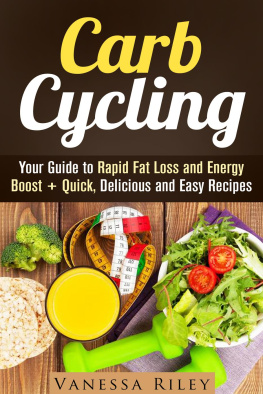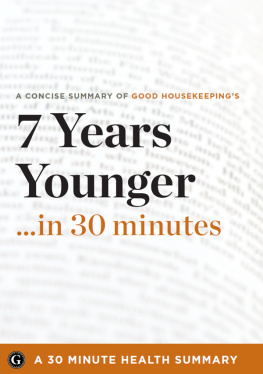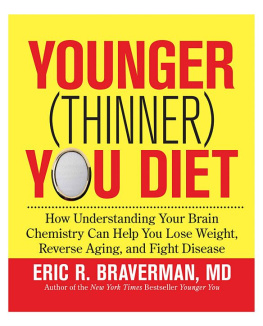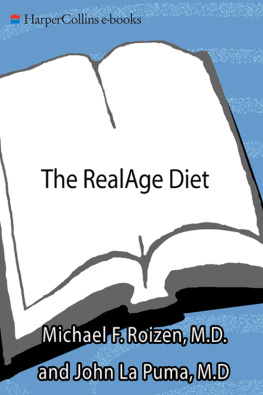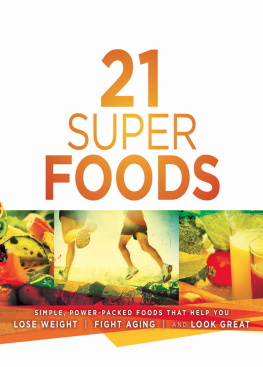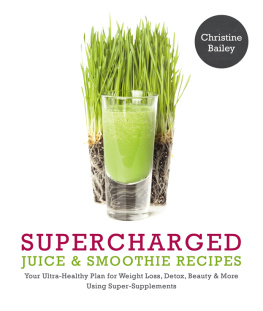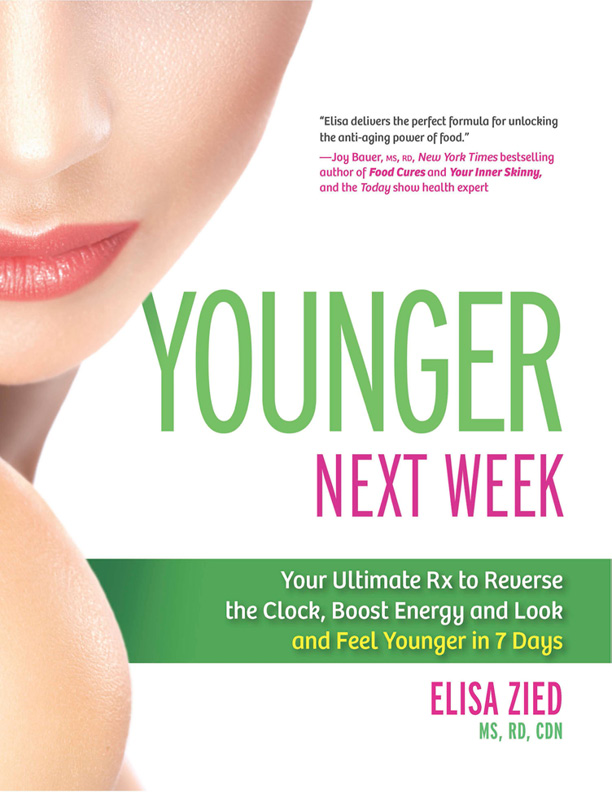INTRODUCTION
With our revved-up lifestyles, suddenly precarious career paths, piled-up household duties and the constant pings from our mobile devices, its no surprise that feeling stressed out has become the new normal for too many women in this relatively new century. According to the 2012 Stress in America survey by the American Psychological Association, women are more likely than men to say their already high stress levels continue to rise. The survey found that 34 to 45 percent of women in the United States reported that stress makes them feel fatigued, nervous, anxious and overwhelmed. Their high stress levels result in a lack of interest in everyday activities and sap their motivation and energy. Women reported that stress makes them cry, gives them headaches and leaves them sleepless at night, staring at the ceiling. Moreover, 46 percent said they cope with stress by overeating or eating unhealthy foods, and 31 percent said they skip meals to manage stress, which can actually exacerbate stress and affect how women look and feel from day to day.
These results are supported by the nearly one hundred forty-something and older women who responded to my Vitality Survey (youll see their stories featured throughout the book, though Ive changed their names to keep their identities private) . More than 50 percent said that when life gets overwhelming, they turn to comfort foods, caffeinated energy boosters, alcohol and other vitality robbers. Some women say they overindulge in high-fat, high-sugar, high-calorie comfort foods (think chocolate, muffins, chips, and good ole mac and cheese). Some guzzle lots of high-calorie coffee drinks (a 460-calorie Java Chip Frappuccino, anyone?), sodas (364 calories in a Big Gulp from 7-Eleven) or energy drinks (three 110-calorie Red Bulls equal a major problem) for a quick pick-me-up.
Other women drink alcohol (three Long Island Iced Teas add up to nearly 900 calories) to calm down. Some women skip meals, and when they finally do eat, they grab cookies, ice cream, candy or even their kids Goldfish crackers, most often swallowed on the run. While these habits may give us a temporary energy boost or a momentary burst of mental clarity, ultimately they cause us to crash and give rise to fatigue and brain fog. They also may contribute to a bulging waistline, drooping skin and unpredictable mood swings. These methods of coping ultimately increase our bodys stress response, leaving us more likely to catch that cold thats going around, and elevate our risk for serious disease.
Do these women sound like you, even a little bit? I wrote Younger Next Week which provides a road map to help you look and feel your best, no matter how challenging, complicated or stressfulto help you feel empowered each and every day, no matter how many curveballs life throws at you. And, true confession, I also wrote it to help myself, a forty-four-year-old multitasker with a professional career, a husband and two children. I need Younger Next Week as much as you do.
Younger Next Week puts the brakes on vitality sappers and helps you recapture your youthful, energetic, positive spirit. I poured through hundreds of scientific studies (so that you dont have to) about diet, fitness and health to pinpoint what really works. I drew from my experience as a practicing dietitian for nearly twenty years, during which time Ive helped hundreds of women, and from my real-life experience as a working mother, a freelance writer, an author and a public speaker, to create the Younger Next Week lifestyle plan.
In Part II of this book, the Vitality Program, I share my groundbreaking Vitality Diet, which incorporates Vital Foods in appropriate portions to help you feel physically and mentally energized as you achieve, and maintain, a healthier body weight. When you follow the Vitality Diet, you can rest assured theres a sound scientific foundation for all the recommendations. Based on current science-based dietary guidelines and emerging research, the Vitality Diet is not meant to be a rigid prescription for how to eat, but rather a flexible, realistic plan that you can follow and tweak to meet your personal food preferences and lifestyle. The Vitality Diet includes many of the most common, widely available foodssome that may surprise youto help make it realistic to follow and easy to maintain. After all, you should not have to buy pricey fad foods to eat a vitality-boosting diet.
In Part III of this book, Vitality for Life, I help you put the research and the diet into action with my 7-Day Vitality Plan (outlined in Chapter 12)yes, you will look and feel younger in just one week!with my delicious kitchen-tested Vital Recipes (see Chapter 13), many of which take fifteen minutes or less to prepare. Along with diet guidance, the 7-Day Vitality Plan features exercise and lifestyle advice designed to decrease stress and increase vitality. (Dont worry. No gym is required.) In Chapter 14, youll find even more Vitality Menu Ideas to help you feel satisfied. Youll also find Stressipes (rhymes with recipes )food, fitness and lifestyle remediessprinkled throughout the book to help you better manage or cope with stress, the greatest vitality buster, and turn intentions to eat and live better into tangible actions.
On Twitter and Facebook, I encourage women to move it or lose it (#moveitorloseit), meaning move more in their regular daily lifenot just when theyre at the gym or in a fitness class. Staying active is essential for healthy muscles and bones, and it helps dampen your mental and physical response to everyday stressors, which can contribute to those less than healthy coping behaviors. My exercise philosophy is not about staying active to lose weight; its about staying active so you dont lose your mind and your sanity. Getting enough sleep is also crucial to a more vital you, and Younger Next Week shows you how to eat (and drink) and live in a way that enhancesrather than sabotagesyour ability to sleep well.



